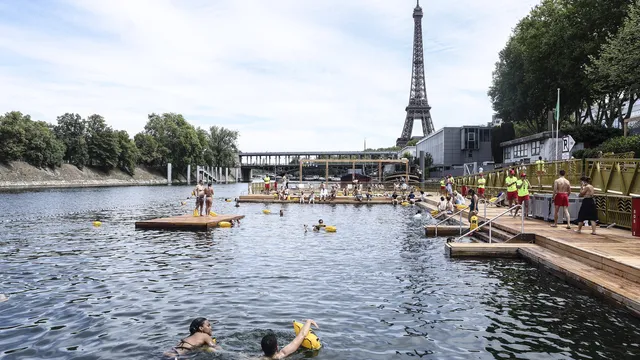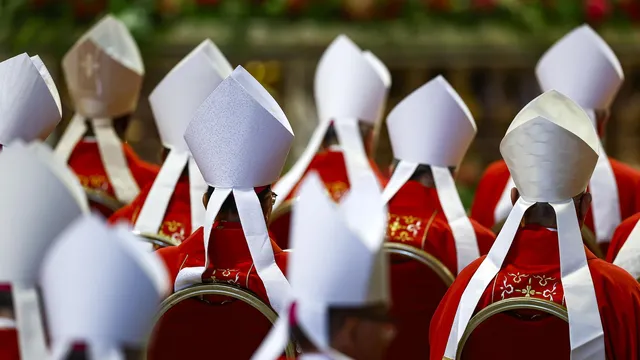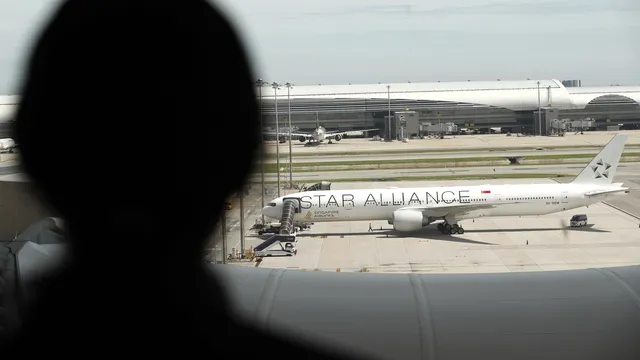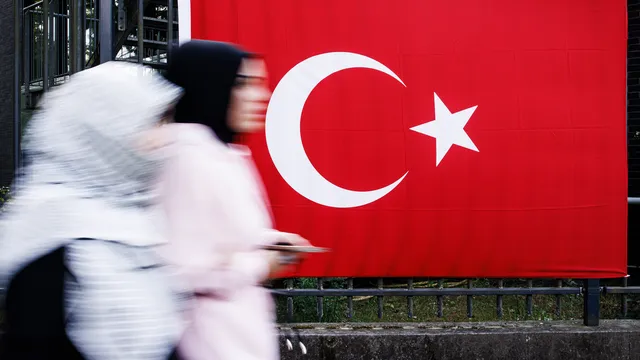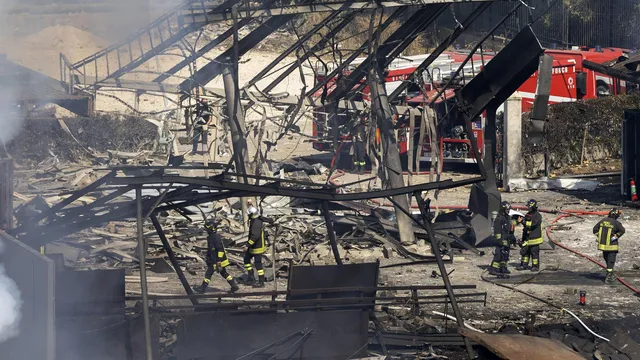Public swimming in Paris' Seine has returned after more than a century of being banned, with a few exceptions, Euronews reports.
Three public swimming areas along the Seine have opened since July 5 - one near Notre Dame, another by the Eiffel Tower and a third in eastern Paris.
The opening is part of one of the French capital's most ambitious Olympic legacies. At a cost of around $1.5 billion (1.27 billion euros), the river has undergone a massive clean-up operation to transform it from a polluted, boat-filled artery into an urban oasis suitable for swimming.
The areas will be free, supervised by lifeguards and will operate on a daily schedule throughout the summer. A system of colour-coded flags - green for safe, red for dangerous - will inform visitors whether it is time to swim or just sunbathe.
But many Parisians are still hesitant to take the plunge. The Seine’s surface still looks murky, litter floats on it, and bacteria levels fluctuate depending on the weather.
Dan Angelescu, a scientist and founder of Fluidion, has been independently testing the river’s water quality for years. He warns that current official testing methods may not accurately reflect real-time risks: “What we see is that the water quality in the Seine is very variable, and there are only a few days in the swimming season when I would say the water quality is acceptable for swimming according to the current regulations.”
“All we can say is, ‘Look, the science today does not support the current assessment of the safety of the water in the rivers around Paris, and we think there is a serious risk that is not being taken into account at all.’”
But with over 35 species of fish now inhabiting the Seine – compared to just a few in the 1970s – it’s clear that the clean-up has had an effect. It remains to be seen, however, whether Parisians will follow the fish into the water. | BGNES

 Breaking news
Breaking news
 Europe
Europe
 Bulgaria
Bulgaria
